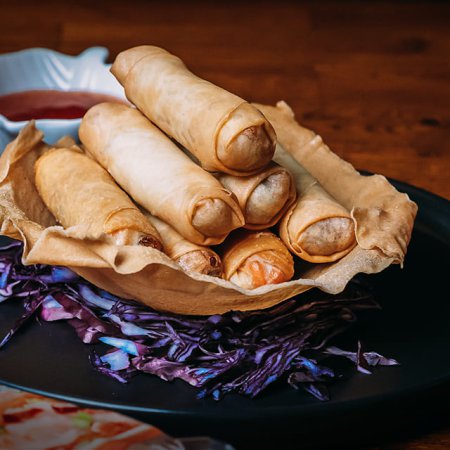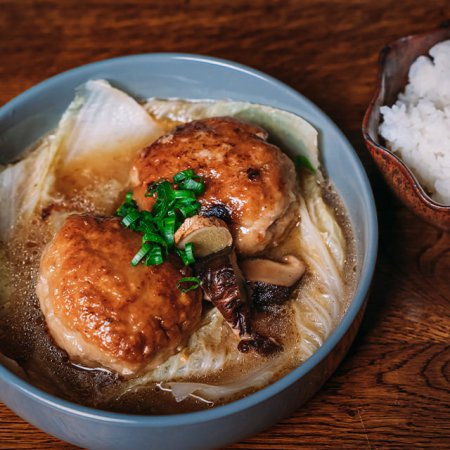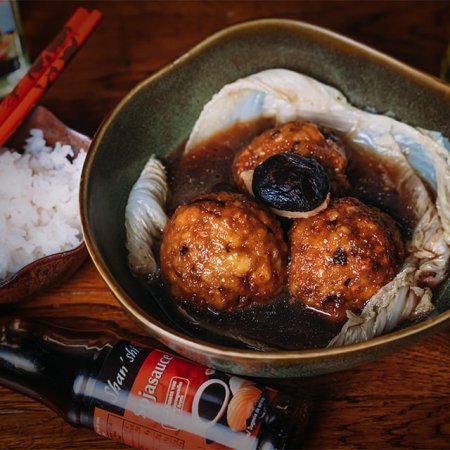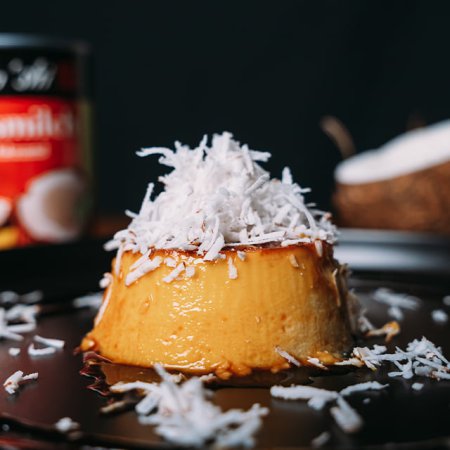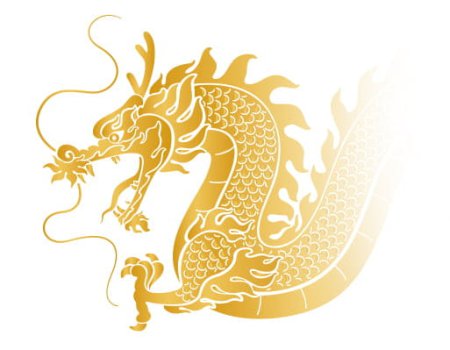

celebrates
Chinese New Year
Celebrate Chinese New Year and the year of the dragon with a 3 course menu of our chef Nissara
Chinese New Year
Chinese New Year is the most important traditional Chinese holiday. It is also known as the Spring Festival or Lunar New Year. In contrast to the New Year celebrations in the western world, which last only one evening or night, the New Year celebrations stretch over several days. Even the extensive preparations for the festival take several days. The turn of the year itself and the 15 days that follow are celebrated with banquets, fireworks, customs and finally with a magical lantern festival. The Chinese New Year is celebrated not only in China itself, but also in all countries in East Asia where many overseas Chinese live. These include, for example, Indonesia, Malaysia, Singapore and Thailand.
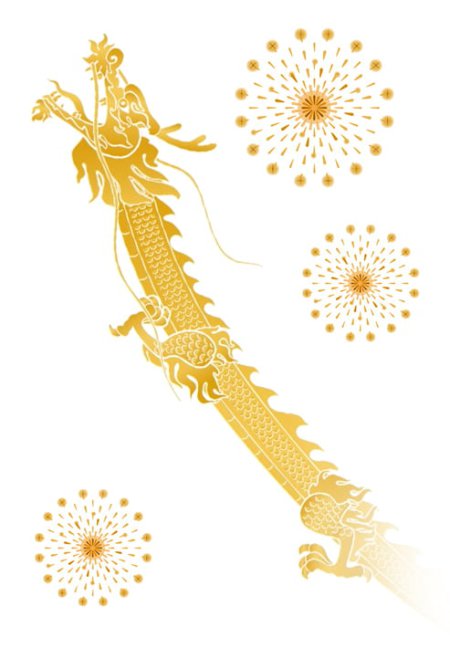
10 facts about Chinese New Year
Unlike the western world, the Chinese follow the lunar calendar. As a result, Chinese New Year falls on a different date each year. It usually begins on the second (rarely the third) new moon after the winter solstice. This means that New Year’s Day falls on a date between January 21st and February 20th. Every year, New Year’s Day is pushed back by around eleven days. Chinese New Year in 2024 starts on 10th of Febuary.
The New Year festival in China is the most important holiday of the year and is therefore comparable to Christmas in Austria. The Chinese generally celebrate New Year with their families. The New Year traditions differ significantly in the different regions of China. Almost everywhere, however, a celebratory meal the night before and fireworks at midnight are part of it. By the way, the Chinese celebrate the New Year not only on the first New Year’s Day, but over several days. The New Year celebrations conclude on the 15th day with the famous Lantern Festival.
Decorations play an essential role in Chinese New Year celebrations. The color red is in the foreground. The background for this is that in Chinese folk belief, red drives away evil spirits and dangerous monsters and thus enables a good start into the new year. In addition, red is a symbol of happiness, joy and prosperity in China. The typical New Year’s decoration therefore includes red paper strips at the house entrances, on which verses are written in Chinese calligraphy. Paper cuttings to decorate the windows and lanterns can also be seen on many houses in China at New Year.
With the beginning of a new year in China, the sign of the zodiac also changes. The Chinese, like the western world, also know twelve signs of the zodiac. However, these do not change monthly, but annually. The Year of the Rabbit in 2023 will be followed by the Year of the Dragon in 2024. Dragons are the most revered animals in Chinese culture. People born in the Year of the Dragon are intelligent, resilient, courageous and spirited. The dragon loves its freedom and is good with money. It can also be very direct and says what it thinks.
People born in the following years are Dragons: 1928, 1940, 1952, 1964, 1976, 1988, 2000, 2012, 2024
Around the New Year festival, the Chinese follow numerous rituals that are associated with good luck in popular belief. The windows and doors are opened as wide as possible to let happiness into the house. This is also thoroughly cleaned for the new year so that happiness finds its place. Sweet food serves the purpose of sweetening the New Year. Last but not least, touching a Chinese lucky dog’s spots on New Year’s Eve is said to bring good luck for the entire year.
In China, red is considered the color of happiness and joy and is therefore particularly popular. Everything is red during the Chinese New Year celebrations, streets and houses are decorated with red garlands, lanterns and flowers. In addition, people wear red clothes and give “Hongbao” as gifts to children and unmarried people. These are red envelopes filled with money. “Duilian” is hung on the house and apartment doors – poems immortalized on red paper.
To scare away the monster, huge fireworks are held on Chinese New Year, and many Chinese pop firecrackers. According to Chinese mythology, “Nianshou” is afraid of the color red and can be prevented from eating people – especially children – by loud noises. The colorful lights are also typical of the Chinese New Year celebrations. The cities in particular shine in a sea of warm glowing fairy lights and lanterns.
It is the fantastic lion and dragon dances that can be admired at parades and street festivals. The lucky lion “Ruishi” is led to drum music by two or more people and “dances”. This tradition has existed in China for thousands of years. The kites measure 25 to 30 meters. It is said that the longer the dance, the luckier the audience.
The last day of the New Year celebrations is traditionally spent with the family. Married couples usually visit the man’s family first, then the woman’s. Although the focus of these visits is on the joy of seeing each other again – according to the vernacular there is always “chikou”, i.e. arguments, especially when it comes to distant relatives.
To celebrate the day, a sumptuous meal is eaten on the 15th day of the festivities, followed by playing together and talking and laughing into the wee hours of the morning. On New Year’s Day itself, it is customary to greet the parents or in-laws with a blessing and a compliment.
The end of the New Year celebrations is the so-called Lantern Festival. Thus, on the 15th day of the celebrations, red lanterns are sent into the night sky. They often take the form of animals or mythical creatures, or bear paintings from ancient stories or poems. Sometimes riddles are drawn on the lanterns for the children to solve. Whoever guesses correctly gets a gift.
Our chinese New Year3 course menu createdby

Vegan spring rolls
Spring rolls (Chun Juan) derive their name from the traditional festival for which they are traditionally prepared: the Spring Festival (Chunjie), also known as Chinese New Year.
Lion’s Head
You can enjoy these pork meatballs on any day of the year. The meatballs get their name from their shape, which resembles a lion's head. Lions are a very auspicious symbol in Chinese culture and stand for prosperity, power and strength.
Lion’s Head vegan
They are the perfect choice for a Chinese New Year feast, but what if some of your guests and family members don't eat meat? This vegan version of lion's head with tofu, water chestnuts and cashew nuts will make everyone happy on Chinese New Year or any other celebration.
Bahn Gan (Vietnamesische Crème Caramel)
The Vietnamese can thank the French for introducing crème caramel into their kitchen. But we can thank the Vietnamese for adding coconut.

